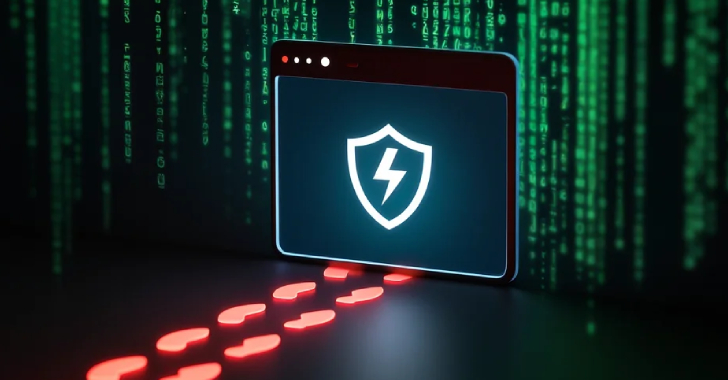
Securing Cloud Data: An Advanced SOC 2 Compliance Checklist
The surge in cloud technology adoption has brought numerous advantages, from scalable storage solutions to cost-effective infrastructure. Yet, with these benefits come unique challenges, especially in ensuring the security and privacy of data. The Service Organization Control 2 (SOC 2) framework emerges as a key player in setting robust standards for cloud security, focusing on the safety of customer data in a systematic manner.
Whether you’re a business owner, an IT professional, or someone curious about what it takes to keep cloud data secure, the following advanced SOC 2 compliance checklist can be a roadmap to ensure your organization’s security posture is up to par.
- Understand the Five Trust Service Criteria (TSC):
While this might sound fundamental, a deep understanding of the five Trust Service Criteria is foundational to advanced compliance:
Security: Ensures systems are protected against unauthorized access.
Availability: Ensures systems are available for operation as committed or agreed upon.
Processing Integrity: Ensures system processing is complete, valid, accurate, timely, and authorized.
Confidentiality: Ensures information deemed confidential is protected.
Privacy: Refers to the protection of personal information.
- Regularly Update and Review Access Controls:
Access controls play a pivotal role in maintaining data security. Regularly audit and update user roles, permissions, and authentication methods. This includes:
Implementing multi-factor authentication.
Reviewing privileged accounts periodically.
Automating de-provisioning of access for terminated employees.
- Encryption Everywhere – At Rest and In Transit:
Ensure data is encrypted both at rest (when stored) and in transit (when transferred). Utilize the latest encryption standards and key management practices.
- Implement Continuous Monitoring:
A reactive approach to security is insufficient. Implement real-time monitoring solutions that:
Detect suspicious activities and unauthorized access attempts.
Notify responsible personnel about potential breaches.
Incorporate machine learning to recognize patterns and adapt to evolving threats.
- Regular Vulnerability Assessments and Penetration Testing:
No system is flawless. Hence:
Schedule periodic vulnerability assessments to find weak spots.
Undertake penetration testing to simulate real-world attack scenarios.
Address identified vulnerabilities in a timely manner.
- Comprehensive Incident Response Plan:
A proactive incident response plan should:
Define roles and responsibilities.
Outline steps to contain and mitigate breaches.
Establish protocols for communication, both internally and with affected clients.
Incorporate learnings from post-incident reviews to fortify defenses.
- Vendor Risk Management:
Cloud solutions often incorporate third-party tools or interfaces. Establish a protocol to:
Evaluate vendor security practices before onboarding.
Review vendor compliance with SOC 2 or equivalent frameworks.
Regularly reassess vendor risk and adjust partnerships accordingly.
- Employee Training and Awareness:
Even the most robust systems can be compromised through human error. Thus:
Conduct regular security training sessions for all employees.
Test employee knowledge through simulated phishing campaigns or similar exercises.
Foster a culture where security is everyone’s responsibility.
- Data Backup and Recovery Plans:
Protecting against data loss is as crucial as preventing unauthorized access. Therefore:
Regularly backup critical data in geographically disparate locations.
Test data recovery processes to ensure they’re effective and swift.
Review backup strategies in the light of evolving business needs.
- Document, Document, Document:
A successful SOC 2 compliance journey rests on comprehensive documentation. This includes:
Maintaining records of all security policies, procedures, and controls.
Documenting results from vulnerability assessments, penetration tests, and incident response activities.
Ensuring that all documentation is accessible, up-to-date, and regularly reviewed.
Conclusion:
SOC 2 compliance is not just a one-time task but a continuous journey that requires a mix of technology, processes, and people-driven strategies. While the checklist provided is advanced, it is by no means exhaustive. Each organization has unique needs and challenges that will further shape its SOC 2 compliance journey. By emphasizing the importance of cloud data security and adopting a holistic approach, businesses can not only ensure compliance but also win the trust of their clients and stakeholders in an ever-evolving digital landscape.
Contact Cyber Defense Advisors to learn more about our SOC 2 Compliance solutions.





